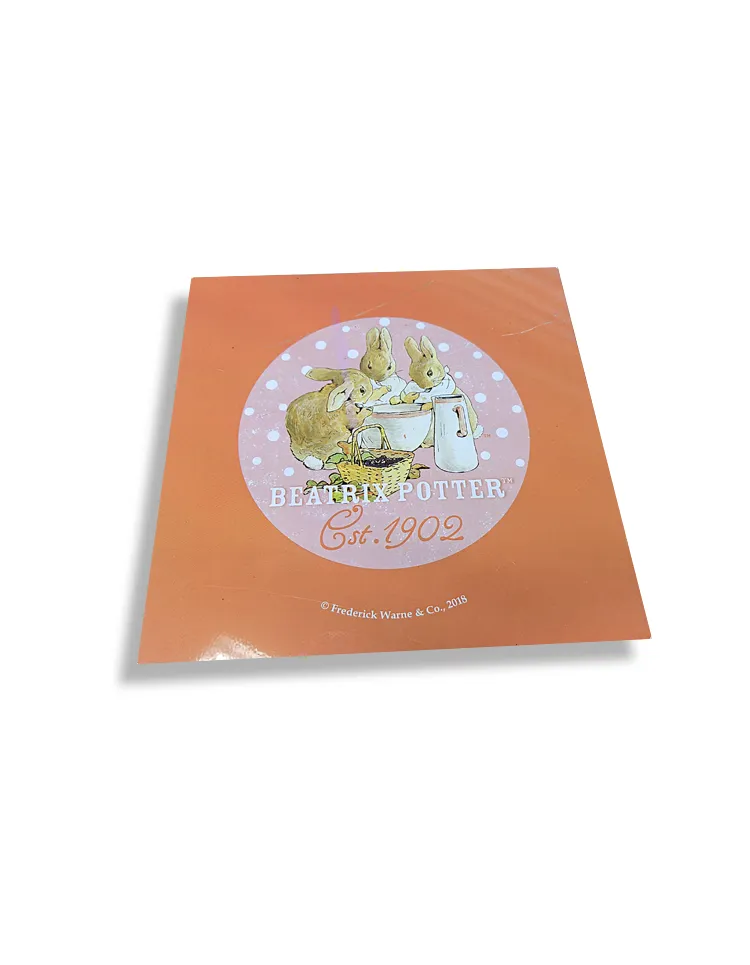Tinplate cans are a common container material in food packaging. They are widely used in the storage and transportation of canned food, biscuits, tea and other foods due to their excellent moisture-proof, pressure-resistant and corrosion-resistant properties. However, due to transportation, stacking or external forces, tinplate cans are inevitably deformed during actual use. Can the deformed tinplate can be restored? Can the restored can still maintain the original sealing and protection functions?
This article will focus on these issues and discuss the material characteristics, deformation recovery and correct recovery of tin plate cans.

What are the characteristics of the material of tinplate cans?
How is tinplate made?
Tinplate is a metal material that is plated with a layer of tin on the surface of steel to improve its corrosion resistance and give it a smooth appearance. The tin coating can effectively resist the erosion of external moisture and oxygen, while improving the durability of the can. In addition, tinplate sheet has high strength, but also has certain ductility and plasticity. Thanks to this, tinplate is not only easy to process and shape, but also easy to repair after slight deformation. However, this ductility is limited, and excessive deformation can cause irreversible damage to the internal structure of the material.
What are the causes of deformation of tinplate cans?
The deformation of tinplate cans mainly comes from external impact, extrusion or improper stacking. During transportation and handling, the can body will inevitably be hit, especially in extreme environments such as high temperature and humidity. The physical properties of the can body may change, resulting in a decrease in its compressive resistance, making it more susceptible to external forces and deformation. In addition, if the can body is subjected to excessive pressure for a long time, dents or deformations will also appear at the bottom and lid.
Can tin plate cans be completely restored after deformation?
Can minor deformations be repaired?
For minor deformations, such as shallow depressions on the surface or slight warping at the corners, they can usually be repaired by simple physical methods. Because tinplate sheet has a certain elasticity, the depressed part can be restored to a near-original state by applying a moderate external force. However, the restored shape and appearance are often not completely equivalent to the factory state, and the effect of the restoration depends on the degree, location and method of deformation, especially the parts involving the can structure may be difficult to fully restore.
Can severe deformations be repaired?
It is difficult to repair deep dents or can deformation caused by large impact or severe extrusion. In this case, the internal metal structure of the tinplate can has changed, and some materials may have cracks or interlayer separation, and external force alone cannot completely restore it to its original state. Even if the shape is adjusted by some mechanical means, the sealing and protective properties of the can will be affected to a certain extent, and it is difficult to ensure that it has complete protective performance during use. Therefore, tinplate cans that have been severely deformed are generally not recommended to continue to be used for food packaging, so as not to affect the safety and shelf life of the food inside.
How to restore the shape of a tinplate can after deformation?
What are the common deformation recovery methods?
Minor tinplate can deformation can be repaired by manual methods or simple tools. For example, for shallow dents, you can try to use soft cloth and wooden tools to gently tap the dented area to push the deformed area back to its original position. But pay attention to the force and position to avoid secondary damage to the surface of the can or damage to the coating.
For larger deformations, some users will choose to use non-destructive tools such as wooden hammers and plastic hammers, combined with the curvature and structure of the can, to restore the original state by tapping and gradually correcting. However, this method can only be applied to cases where the dent is shallow and the material has no cracks. Otherwise, not only will the sealing fail to be restored, but new damage may also be caused.
Will professional tool repair help?
For some more complex deformation situations, some professional tools or equipment may be more effective. Specialized presses are used in industry to repair minor deformations, but such equipment is usually only used in the production process and is not suitable for home or daily use. Moreover, the effect of using a press to repair deformation is closely related to the deformed part and material properties of the can body. If the deformation is more serious, even if the press is reset, the sealing of the can body may be difficult to restore to the factory standard.

What is the effect of deformation of tinplate cans on food preservation?
Will deformation affect the sealing performance of the can body?
The sealing of tin plate cans depends on the precise fit between the can mouth and the lid. Once the can body is deformed, the fit between the lid and the can mouth will decrease, causing air and moisture to penetrate into the can. This decrease in sealing will directly affect the preservation of the food in the can. Biscuits, tea, and other foods that require high dryness are more likely to be damp and deteriorate. In addition, some oily foods are prone to oxidation after contact with air, which affects the taste and safety of food.
Will deformation affect the anti-corrosion performance?
The tin plating layer of the tinplate can can effectively prevent the metal from direct contact with air and moisture, and play an anti-corrosion role. However, when the can body is severely deformed, the tin plating layer may produce microcracks or peeling, exposing the metal inside the can body. In this case, the can body is more susceptible to erosion by oxygen and moisture, causing rust, and may even release metal components and contaminate the food in the can. Therefore, the anti-corrosion performance of the deformed can body will be significantly reduced, thus affecting the safety and shelf life of the food.
How to judge whether the deformed tinplate can continue to be used?
The relationship between the degree of deformation and the function of the can body
To judge whether the deformed tinplate can continue to be used, the degree of deformation must be evaluated first. For minor dents, surface indentations, etc. that do not affect the sealing and integrity of the can body, they can generally continue to be used after repair. However, if the key parts such as the can mouth and the bottom of the can are deformed, or even affect the closure of the lid, it is recommended not to continue to use it for food storage.
Do appearance defects affect the function?
In some cases, slight deformation only manifests itself as an appearance defect and has no actual impact on the basic function of the can. For example, some small areas of dents or slight deformation of the corners may only be visually unsightly and have little effect on the sealing and safety of the food in the can. However, this type of deformation also requires ensuring that the anti-corrosion layer inside the can is not damaged to avoid accidents during long-term storage.

How to prevent the deformation of tinplate cans?
Pay attention to storage and transportation
To avoid the deformation of tinplate cans, be careful during storage and transportation. Avoid placing the can in a humid, extreme temperature or heavy pressure environment to avoid deformation. At the same time, try to avoid excessive stacking during transportation, especially when the can is not packaged with other protective packaging, to avoid unnecessary pressure on the can.
Protect with protective materials
During transportation and storage, the appropriate use of protective materials to wrap the tin plate cans, such as foam, bubble film, etc., can effectively reduce the impact of external impact on the can, thereby reducing the risk of deformation. In addition, when storing at home, a dry and ventilated environment should be selected, and ensure that there are no foreign objects on the surface of the can to reduce the possibility of wear.

